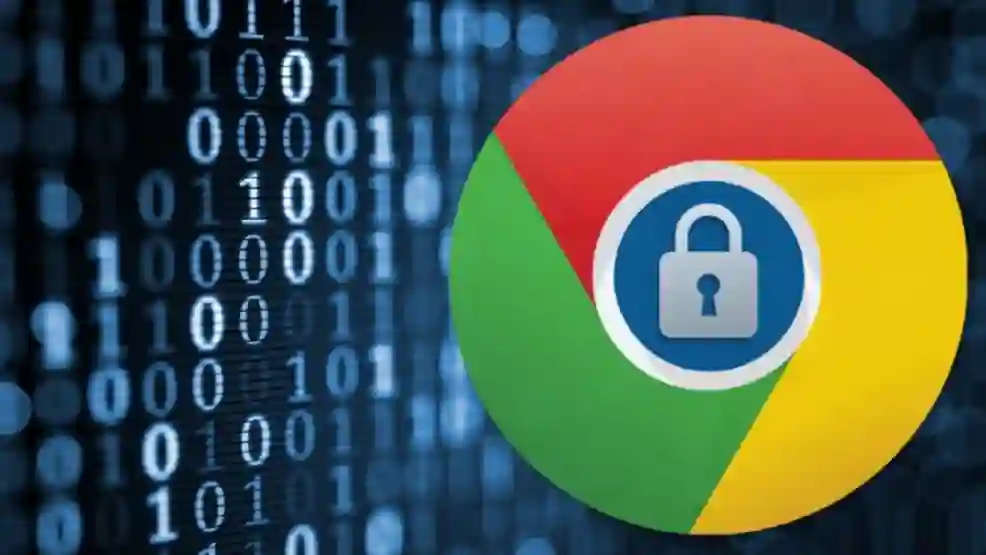There are a number of ways to check whether or not a website is secure. One way is to look at the URL. A secure site will have an “s” after HTTP.
Another way to check is to read the website’s privacy policy. This is an important step to take because attackers can use fake privacy policies to trick victims into giving away their information.
1. Check the URL
A website’s URL is an important indicator of its safety. Look for “https” at the beginning of the web address, which indicates that the site uses a secure protocol. This prevents hackers from intercepting your data during transmission.
Many browsers also display a closed padlock emblem and security details in the address bar when a website is https://islegitorscam.com using a secure connection. These indicators aren’t foolproof, however, as cybercriminals sometimes spoof SSL certificates. Also, some websites use shortened URLs that may not be easily identifiable.
2. Check the Security Certificate
You may have heard of security certificates, which verify an organization’s identity and encrypt data. You can check the certificate by visiting a website’s URL.
If it starts with HTTPS, the site has a SSL certificate. This helps to prevent hackers from intercepting your personal information.
It is also important to keep the certificates up-to-date. If they expire, users’ browsers will present error messages or block access. This can damage a company’s reputation and make people less likely to do business with them.
3. Check the Design
Websites that constantly display adware, pop-ups, or redirects are often malware-infected and should be avoided. Also, avoid websites that are unable to be resized to match your desktop or mobile screen size.
Website security is a hugely important factor for every business that operates an online presence. Without it, hackers can exploit your site and steal valuable information. Fortunately, there are several ways to check if a website is secure or not. Here are some of them: 1. Look at the URL. If it begins with HTTPS, it is secure.
4. Check the Privacy Policy
A privacy policy is a great way to show customers that you value their privacy. It should clearly explain how you will use customer data and include a way for users to access it.
Privacy policies are also required by law in some countries. Businesses that don’t have them risk losing trust with their customers. A good privacy policy will provide a level of transparency that makes your business trustworthy. The BBC’s privacy policy intro is a great example of how to write an effective one.
5. Check the Reputation
A website’s reputation is an important indicator of its legitimacy. If a site is known to be spammy or a scam, search engines will warn you about it.
Legitimate sites will make an effort to have a clear privacy policy that shows how your information is collected and used. If a site has an excess of spelling and grammar errors, it could be a sign that it was put together quickly.
For additional peace of mind, comprehensive online protection software can spot sketchy sites for you while browsing up to four times faster.
6. Check the User Reviews
As millions of people begin their online shopping this holiday season, it’s important to know how to spot a secure website. Hackers can use unsecure websites to steal information, spread malware, and more.
To protect yourself, always look for the HTTPS, privacy policy, and reputation check. Also, be sure to read reviews on the site before you log in or make a purchase. This will help you avoid scams and phishing schemes. Additionally, you should only download plugins, extensions, and themes from legitimate sources.
7. Check the Security Settings
It is not just up to tech companies to invest in secure websites; users must also behave carefully online. This means educating yourself on what to look out for, and using tools like these to help you navigate the web safely.
Make sure that your security settings are set to a high level for the Internet zone and for sites on the local intranet (if applicable). Also, ensure that “Warn me when sites try to install add-ons” and “Block reported attack sites” are selected.
8. Check the Payment Options
When dealing with payments and customer information, a secure website is crucial. This can help prevent hackers from accessing sensitive data. It is also important to have two-factor authentication (2FA) in place.
You should check whether a website is secure or not by looking at its uniform resource locator (URL). It should begin with https, which means that the site is encrypted. You should also look for a verification seal. Also, be aware of malvertising, which involves using online advertisements to distribute malware and compromise systems.


